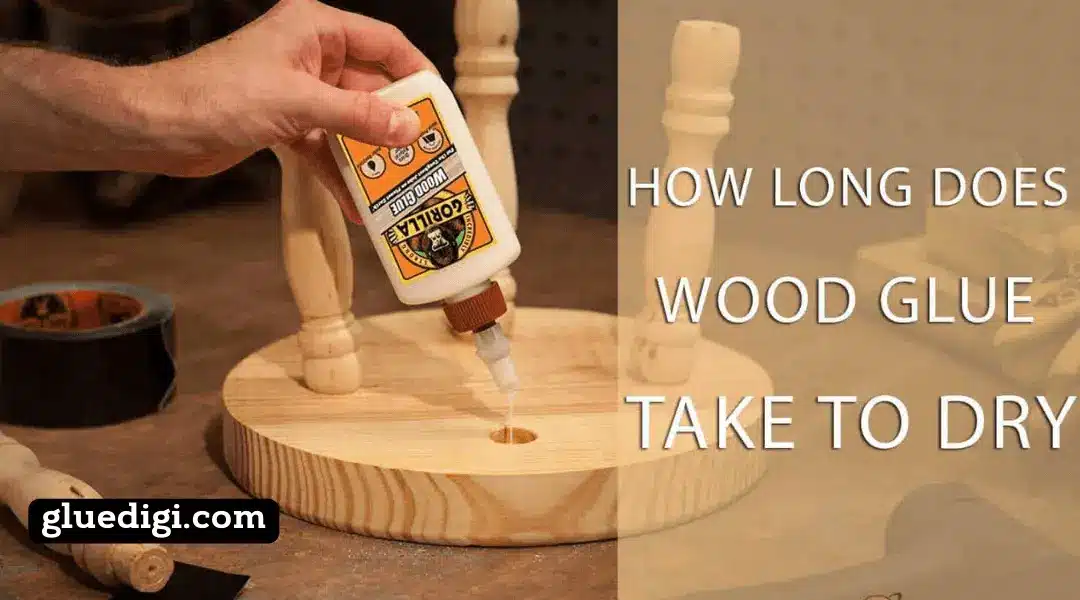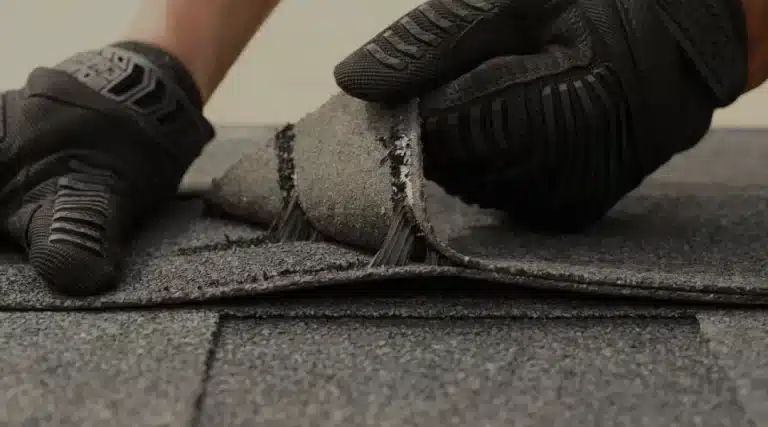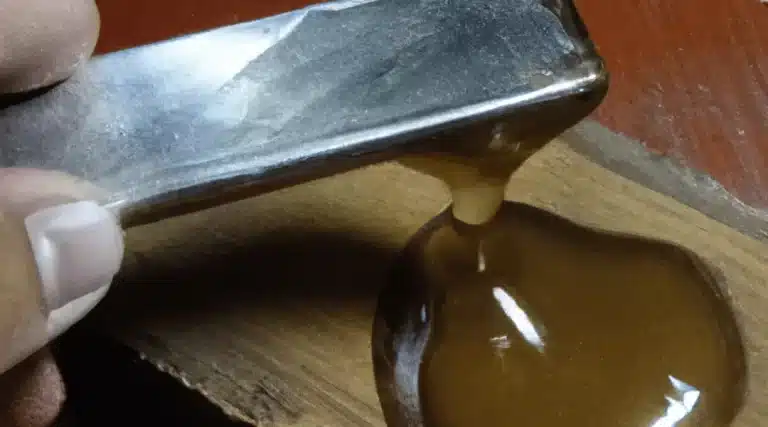Wood glue is a popular adhesive used to bond wood pieces together. It is an effective and affordable alternative to other adhesives like epoxy or cyanoacrylate. However, one of the most important factors to consider when using wood glue is its drying time.
Let’s dive into this peculiar topic and uncover the taste, health risks, and even unique uses of glue beyond its intended purpose.
In this blog post, we will discuss everything you need to know about wood glue dry time, including factors that can affect it, different types of wood glue, and tips for ensuring a successful bond.
Factors That Affect Wood Glue Dry Time
The drying time of wood glue can vary depending on several factors, including:

Temperature and humidity:
Higher temperatures and humidity levels can accelerate the drying time of wood glue.
Type of wood:
Some types of wood can absorb moisture from the glue, which can affect the drying time.
Amount of glue applied:
Applying too much glue can lengthen the drying time.
Types of Wood Glue
There are several types of wood glue available in the market, each with its unique drying time:
PVA glue:
This is the most common type of wood glue, and it dries in about 24 hours.
Polyurethane glue:
This type of glue dries in about 6 hours and is waterproof.
Epoxy glue:
This glue dries in about 5 minutes and is ideal for small projects.
Hide glue:
This is an animal-based glue that is easy to use and dries in about 30 minutes.
PVA Glue Dry Time
PVA glue is the most commonly used wood glue, and it is essential to understand its drying time. It can take up to 24 hours to dry completely, but it depends on the factors mentioned earlier. Applying too much glue can extend the drying time further. However, some PVA glues are fast-drying and can dry in as little as 30 minutes.
Polyurethane Glue Dry Time
Polyurethane glue is known for its waterproof properties and ability to bond different materials. It dries in about 6 hours, but higher temperatures can accelerate the drying time. It is essential to keep the work area ventilated when using polyurethane glue as it releases fumes.
Epoxy Glue Dry Time
Epoxy glue is a two-part adhesive that dries in about 5 minutes. It is ideal for small projects that require quick bonding. However, it is essential to use it in a well-ventilated area as it can release harmful fumes.
Hide Glue Dry Time
Hide glue is an animal-based glue that has been used for centuries to bond wood pieces. It is easy to use and dries in about 30 minutes. However, it is not waterproof and can weaken over time.
Tips for Ensuring a Successful Bond
- To ensure a successful bond, it is essential to follow these tips:
- Use the right type of glue for your project.
- Apply the right amount of glue.
- Keep the work area clean and free of dust and debris.
- Clamp the wood pieces together until the glue dries completely.
Conclusion
Wood glue is an effective and affordable adhesive that can bond wood pieces together. Understanding its drying time is crucial to ensure a successful bond. By following the tips mentioned above, you can achieve a strong and lasting bond with wood glue.




